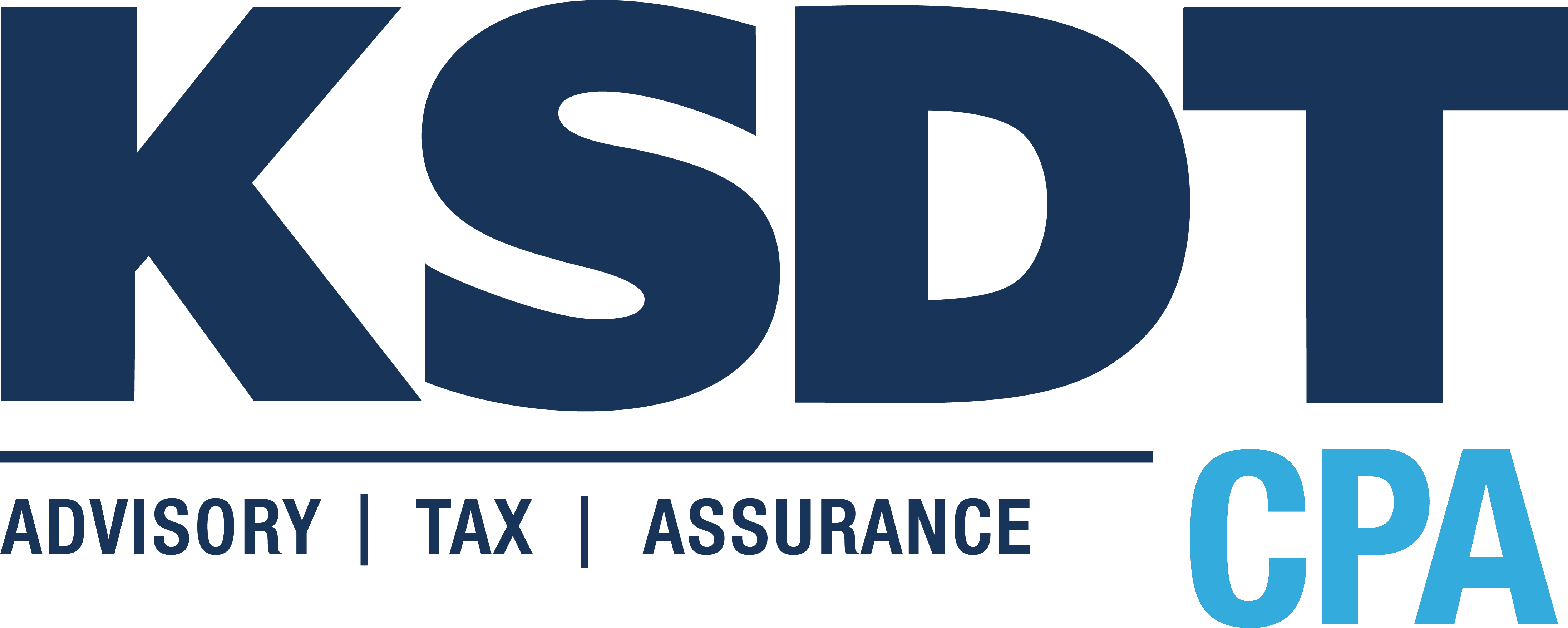 The income statement of any business is probably the most important report of all. It is a snapshot of the financial performance of your business over a period of time, such as a month or year. You might also hear it called the Profit and Loss Statement, or P&L. Read more
The income statement of any business is probably the most important report of all. It is a snapshot of the financial performance of your business over a period of time, such as a month or year. You might also hear it called the Profit and Loss Statement, or P&L. Read more
The income statement can give you all kinds of insights as to whether you are bringing in enough sales, if your prices are generating enough profit, and how your expenses are running. Let’s take a look at the report, step by step.
Revenue
The report starts by listing the revenue for the period of time covered. Revenue includes all sources of income, including sales from operations, interest and investment income, revenue from insurance claims, sales from assets or other parts of the business, and any other source of revenue. In most small businesses, sales will be the largest part of the revenue, if not all of it. In some countries, the term used for sales is turnover.
If you sell more than one item or have more than one location, it might be a good idea to be able to view the sales detail from these categories. This may or may not be on your income statement depending on how formal it is, but you should be able to get a drill down report on your sales detail.
Look for exceptions to what you expect to see. There can be some decisions you can make and actions you can take from the insights you discover.
Cost of Goods Sold
This section of the income statement includes costs you incur directly on items you sell. If you maintain an inventory, it’s the cost you paid for the inventory items that you sold during the period. If your business is a manufacturer, cost of goods sold, or COGS, will include costs of materials and labor to produce the items.
COGS will typically be zero, if you own a service business. As a service business, you may incur direct costs when providing services, and these costs can be booked in a variety of expense accounts, including supplies.
Gross Profit
Some income statement formats will include a gross profit number which is sales minus cost of goods sold. This number is important for businesses with inventory.
Expenses
The expenses section of the income statement is the longest part. It includes all of the expenses you incurred in your business, including advertising and marketing, rent, telephone, and utilities, office supplies and meeting expenses, travel, meals, and entertainment, payroll and payroll taxes, and several more.
You might also hear the term overhead. Overhead is a subset of expenses that have to be met whether you sell zero items or millions. They include items like rent and utilities, management payroll, and office supplies.
To review your expenses, check line by line to see if anything looks out of sorts, and take the appropriate action.
Net Profit or Loss
The final number on your income statement represents whether you made or lost money in the period the report covers. The formula is simple: revenue less COGS less expenses equals net profit or loss.
Net profit/loss can go by many names, depending on the size of your business and your accountant’s vernacular. You may also see EBITDA: Earnings before interest, taxes, depreciation, and amortization. Earnings is another word for net profit.
Perspective
It’s a good idea to compare your income statement numbers to other periods in your business. Common comparisons include last period, last several periods, and same period last year.
It’s also a great idea to have a budget that sets goals for your income statement numbers. Then you can compare budget to actual numbers and take action on the variances.
If your business falls into a standard type of business, you may also be able to see how it is doing compared to others in your industry. This is called benchmarking, and the income statement is a very common format that’s used in benchmarking.
Do spend some time each period reviewing your business’s income statement. It can help you make a faster course correction in your business so you can be even more successful than you already are.
If you need help preparing and understanding your financial statements, contact us at P.T.A and let us help your business.




